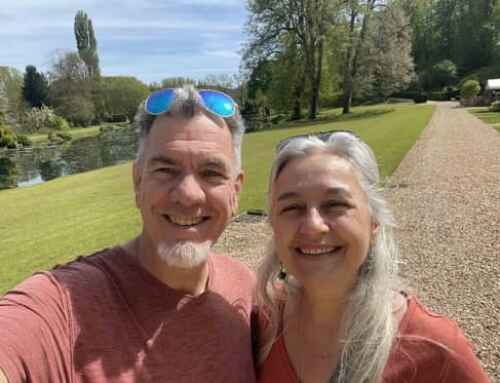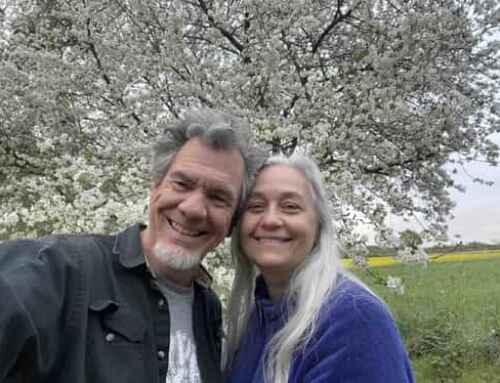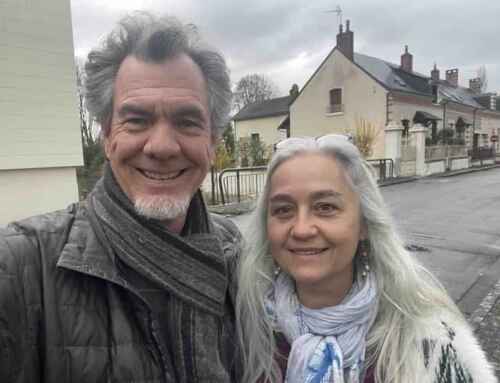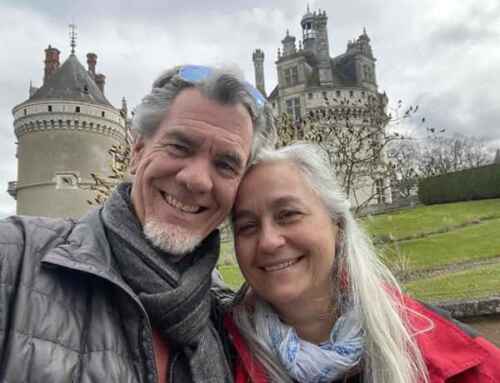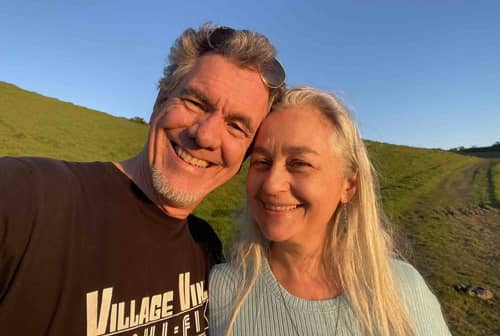
“ It is through science that we prove, but through intuition that we discover.”
~ Henri Poincare
Intuition. What is it? How important is it? Do you trust it implicitly or do you take it with a grain of salt? Has yours ever led you astray? “Trust your gut” is generally thought to be good advice, but is it? What does it take to know the difference between a faulty assumption and a life-saving hunch?
Your world is awash in “conventional wisdom.” These are the sort of things that are often assumed to be facts, until someone opens up the hood of the problem and peeks inside, only to find that the real answer turns the conventional wisdom upside down.
What you experience as your “spider senses” is a far different thing than unquestioned “facts” that guide society at large. We all inhabit our own electromagnetic sensory bubble that extends beyond the borders or our physical body, and as any self-respecting archaic ancestor can attest, you ignore these subtle sensory signals at your peril.
The collective consciousness of culture, on the other hand, has a way of getting things backwards. We humans have a habit of lazy thinking that leads to accepting things as fact that in reality are anything but. There’s a term for that moment when the bulb lights up above our head and we realize the real story, we call the result “counterintuitive.”
Counterintuitive findings are everywhere. It’s almost as if scientifically verifiable facts are in a dance with commonly held, but faulty, assumptions. In so many cases, the easy assumptions are simply more comfortable, so we tend to hold on to them.
For instance, did you know that hot water can actually freeze faster than cold? It’s something to do with the increased evaporation and the insulation provided by the thin layer of ice, this is known as the Mpemba effect.
Examples are everywhere, not just in the world of science. Take marketing for example. It might seem like reaching the largest possible number of eyeballs will yield the best results, but you run into the law of diminishing returns. It’s way better to have a smaller email list that has more engaged people opening and reading than it is to have big numbers and flat engagement.
Pondering counterintuitive facts versus commonly held assumptions became top of mind for me recently when I was gifted a copy of Paved Paradise by Henry Grabar. Subtitled “How Parking Explains the World” this book examines to physical structure of our built environment here in the USA through the lens of a simple assumption that has guided development and urban planning for most of the past century.
The flawed idea that folks have taken for granted is that if you want people to congregate somewhere, you have to make room for their cars. Parking is considered so crucial that city after city have destroyed their urban cores in service to the idea that everyone is entitled to a free and convenient place to leave their automobile while doing whatever sort of activity they choose.
When suburban malls lured shoppers to the suburbs with acres of asphalt, inner cities sought to compete. But when historic downtowns were hollowed out with parking lots and garages, they became ghost-towns to pedestrians. It turns out more parking equals worse traffic, not the other way around.
Most of America is designed and built around a flawed assumption, and only recently have forward-thinking planners in some areas put a stop to parking minimums in new residential construction and convinced some cities to take the counterintuitive approach. And lo-and-behold, in places where people and pedestrians are prioritized over empty concrete for cars, culture thrives and people actually want to be there.
So by all means trust your gut. Your ancestors did, and avoided becoming some saber-toothed tiger’s lunch, otherwise you wouldn’t be here reading this today. But if something seems fishy with a piece of “conventional wisdom”, check your gut at the door and dig deeper, there might just be a counterintuitive solution right around the corner!
Much love till next Monday!
M+
Mark Metz
Director of the Dance First Association
Publisher of Conscious Dancer Magazine



